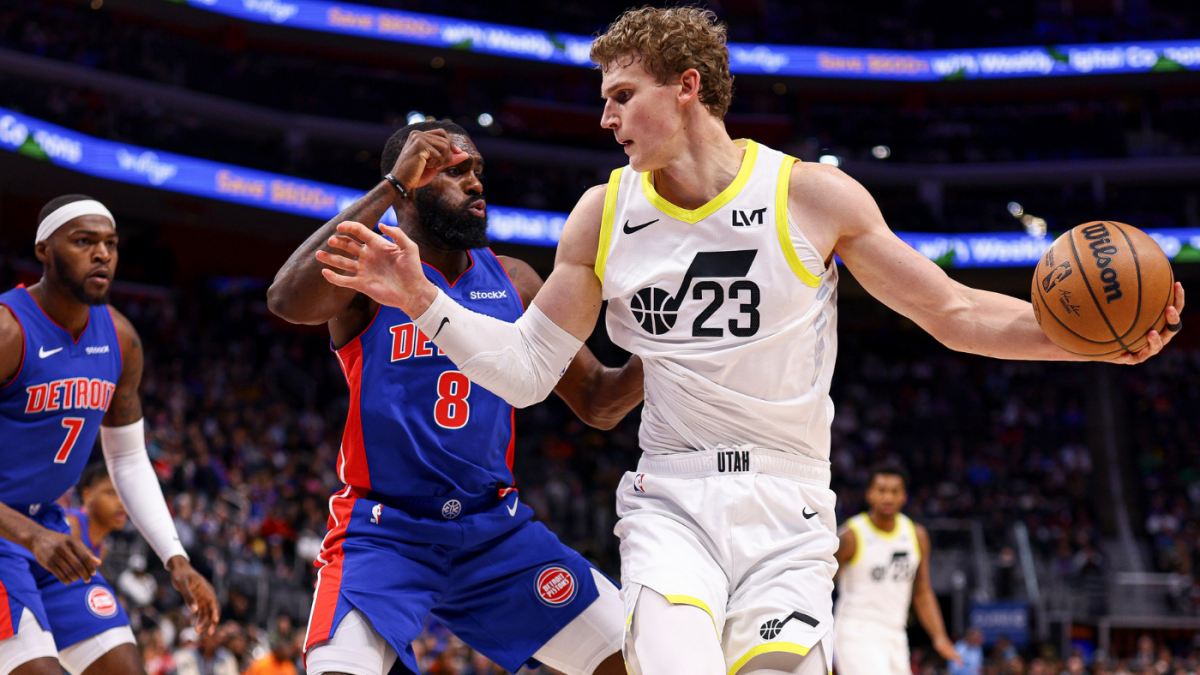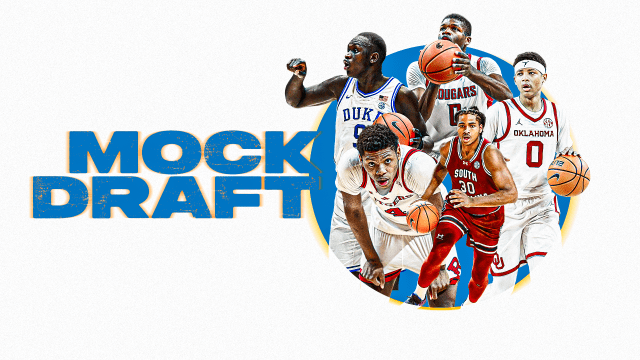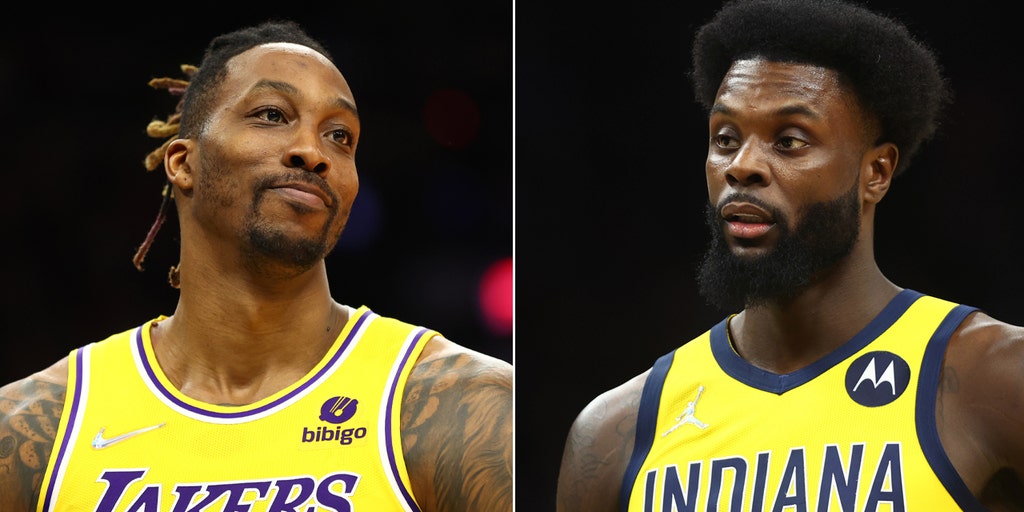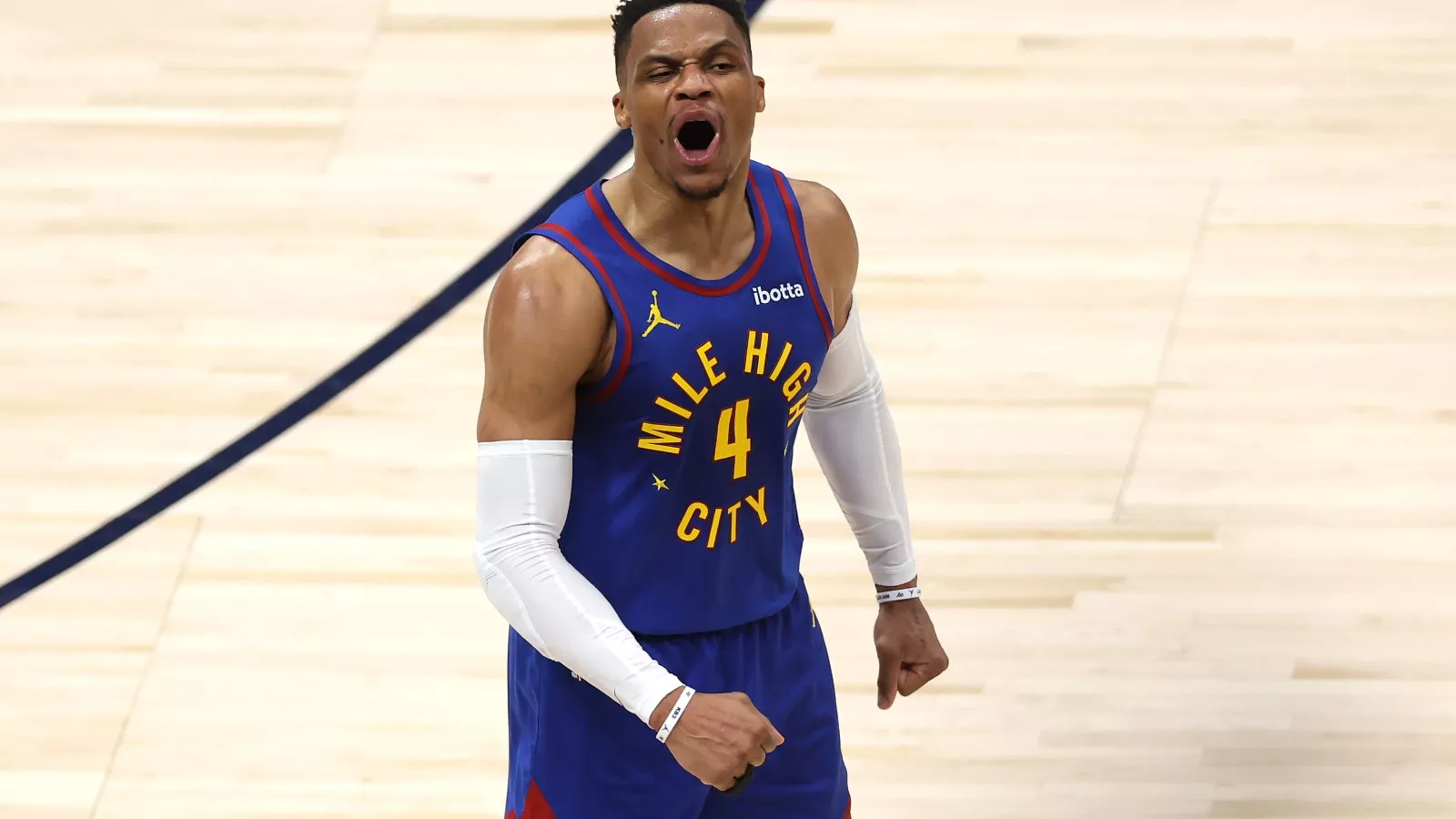
When an offseason begins, fans tend to be hyper-focused on a small group of teams. It obviously starts with the ones that might have superstars to trade. Unsurprisingly, this has thrust the Milwaukee Bucks (with Giannis Antetokounmpo) and Phoenix Suns (with Kevin Durant) into the center of the offseason discussion. The teams with the assets to potentially get those players, like the Houston Rockets and San Antonio Spurs, draw quite a bit of attention, and so do contenders looking for one last move to push them over the top, like the New York Knicks.
But think about the NBA Finals we’re currently watching. Last summer, it was the Chicago Bulls who sent the Oklahoma City Thunder Alex Caruso, an essential piece that pushed them over the top. New York’s inability to re-sign Isaiah Hartenstein gave OKC its starting center. The Indiana Pacers were built piecemeal, nabbing an Aaron Nesmith here and an Obi Toppin there, grabbing promising youngsters when the opportunities presented themselves until they had a juggernaut hiding under everyone’s noses.
This is how offseasons often go. The teams that define them are rarely who you think they’ll be. They’re the ones with underrated role players to move, or the teams that are closer to contention than you might think. So let’s try to figure who those under-the-radar teams could be. Here are four candidates as the player-movement hurricane that comes in late June draws ever closer.
There are a number of immediately tangible reasons to watch Brooklyn’s offseason:
- We don’t know what their short-term priorities are. Do they want to star hunt or do they want to rebuild organically? How circumstantial is their answer?
- They have a lot of role players other teams want. Cam Johnson and Nic Claxton would generate several offers starting at one first-round pick and perhaps extending further.
- They have two of the most interesting restricted free agents on the market in Cam Thomas and Day’Ron Sharpe, and without knowing what their priorities are, we don’t know how gettable either could be.
- There has already been quite a bit of reporting about them wanting to trade up in the draft, either to get a better prospect at the absolute top or to secure a second lottery pick.
All of this is valid. Alone, it probably doesn’t get the Nets onto this list. What stands out for Brooklyn is the cap space. At a bare minimum, they’re currently looking at around $28 million in space. If they took every measure possible to maximize their space, they could potentially generate as much as $80 million. The ultimate amount will probably fall somewhere in between and will depend on how much they need to do whatever it is they’re going to do.
Now, there aren’t many especially enticing free agents. The Nets could throw the entire offseason into chaos by, say, lobbing a monster offer at Myles Turner and breaking up the Pacers, but that’s probably not what they’re going to do. No, they’re probably going to take advantage of how badly everyone else is suffering under the boots of the aprons to squeeze desperate teams for badly needed financial relief.
What makes them so interesting on that front is that we’re so early into this CBA cycle. We don’t know what cap space is really worth right now. They are the first team to really operate in this position since the changes brought about in 2023. Right now, they’re the only game in town when it comes to cap space. Detroit could potentially get there, but would likely do so in pursuit of a specific player rather than as a facilitator. That the mid-level exception can now be used for trades also opens a few doors for teams looking to save money. However, realistically, the first team anyone trying to save money or facilitate a trade is going to call is going to be Brooklyn.
That matters because it’s going to establish a precedent. How many millions of dollars in savings is worth a first-round pick in apron world? How far are teams going to be willing to go to clear their books? That’s what the Nets are going to tell us. They are going to be the cap space guinea pigs for this new era of roster building, and that makes them perhaps the most interesting team of the summer.
The Nets are the definite cap space team. The Pistons are the possible cap space team. Detroit has two plausible paths this summer. If the Pistons want to run it back with last year’s roster, they can operate above the cap, retain their rights to Tim Hardaway Jr., Dennis Schröder and Malik Beasley and just pay them what it takes to stay. Beasley might get a bit tricky because the Pistons can only give him a 20% raise through Non-Bird Rights, but this is the path of least resistance. If Detroit wants to see what last year’s roster can do with another season of continuity and development, this is the approach. They could even use one of the mid-level exceptions to add a nice role player.
But what if the Pistons wanted to get a bit more ambitious? Reports suggest they are considering just that, with possible runs at shooting big men in Turner and Naz Reid potentially looming. Well, if the Pistons renounce the rights to all of their own free agents, they would generate around $16.9 million in cap space. Interesting, but not too much better than the mid-level exception. But if they could dump the $8.3 million owed to Simone Fontecchio?
Now we’re talking. Suddenly the Pistons have $25 million in space and the power to do a whole lot in free agency. That’s not Turner money, but it’s certainly Reid money. The Pistons could pursue him while retaining the cap room mid-level exception (roughly $8.8 million) to try to bring back one of their own free agents. That’s one possibility. There are several other interesting ones.
They could use their flexibility to help save the Celtics second-apron money by taking in Kristaps Porziņģis, an iffy fit given his medical history and age, but he obviously checks the shooting big man box. John Collins would be another avenue they could explore on that front. Inevitably, an All-Star or two we’re not considering right now is going to become available. Maybe the Pistons could use their space to chase that player with a slightly below-market asset offer. They could even play the facilitator game, seeing if a veteran role player they like shakes free in, say, the Kevin Durant negotiations and nabbing him for nothing.
The Pistons could credibly bring next year’s roster back, win 50 or so games and take the next natural step in their rebuild. But with the Celtics presumably out of the mix next year, teams we’re not expecting are going to take aggressive steps forward out of the middle of the Eastern Conference to try to claim their throne. Orlando already did it with Desmond Bane. Detroit could be next.
Utah’s decision to shake up its front office has flown under the radar, quite simply, because the new president of basketball operations, Austin Ainge, shares a last name with the team’s CEO, Danny Ainge. It would be easy to think of the partnership as preordained, an anticipated step in the direction that the organization had already been moving. It probably isn’t quite that simple. As Zach Lowe noted on a recent podcast (h/t SLC Dunk), the Jazz also let go of two of their lead scouts before hiring Austin Ainge. The Jazz just endured a 17-win season that ended with only the No. 5 overall pick. There is probably some understandable agitation here.
What exactly does that mean? The younger Ainge himself said that the Jazz would not tank next season, but to be fair, in the Western Conference, they really won’t need to in order to get a high draft pick. If they just bring back last year’s team and play everyone the appropriate amount of minutes, they are going to miss the playoffs comfortably.
That is almost certainly still the goal, whether Ainge will admit it or not. This team isn’t close enough to trade their way into the playoffs, much less genuine contention. If anything, the question here is whether they’ll make any further rebuilding trades, not whether they’ll function as surprise buyers.
Walker Kessler is now extension-eligible. Does it make sense for a team with no young players trending toward stardom to pay significant money for a rim-protector that offers little offensively? That’s a worthwhile question. Here’s a bigger one: what is Lauri Markkanen‘s trade value now that he’s signed a max contract? The Jazz were demanding in last year’s negotiations. They almost always are when it comes to trading veterans. But at his current price and given the down year he just had, his market is going to be smaller. Two or three first-round picks? Sure, though the matching salary attached probably wouldn’t be great. Four or five? No way, not with a $46 million cap number.
You’ll hear about the usual suspects. It wouldn’t be an offseason without John Collins rumors. Collin Sexton is ready to help a winner. One of these days someone is finally going to pry Jordan Clarkson loose. But the upheaval at the top of this organization suggests some measure of frustration. It’s not clear what exactly the Jazz are going to do, but they don’t seem like a team eager to stand still.
Speaking of teams whose offseason goals are unclear, it doesn’t seem like anyone has a read on the New Orleans Pelicans right now. They just hired Joe Dumars more than a decade after he last ran an NBA team. Yahoo reported that there are no untouchable players in New Orleans. Dumars says that Zion Williamson will “continue to be a focal point” for the Pelicans moving forward, but can this franchise really endure anymore injuries out of him?
He wouldn’t, but plenty of other Pelicans would. Teams would line up around the block for a chance to trade for Trey Murphy. His combination of athleticism and shooting is exceedingly rare, and he took advantage of the on-ball reps he got last season when everyone was hurt. He was blossoming into a star before shoulder surgery ended his season. Herb Jones isn’t a star, but he defends them better than almost anyone and is locked into a deal that pays him less than the mid-level exception for the next two years. He’d be a godsend for half of the league right now. Looking for a pesky, defensive-minded backup point guard? Go scoop Jose Alvarado up, he’s one of the NBA‘s most underrated players.
Are any of these players explicitly available? We don’t really know yet because we don’t really know what the Pelicans are trying to accomplish. Is the goal to win this season? That’s going to be tough with Dejounte Murray recovering from a torn Achilles. Are they trying to reshape the roster for a longer-term window? Do they just want to save money? This is one of the NBA‘s cheaper teams historically. Never rule that possibility out with them.
The Pelicans a tricky team to project. Building around Williamson is immensely complicated. He needs to play with a ton of shooting to maximize his interior scoring. Right now, his starting center, Yves Missi, is a rim-runner who doesn’t really complement him. Jones is an inconsistent shooter as well. Point guard was such a persistent problem that they traded for Murray in the first place, and now, given his injury, that trade might just be a dud. There are things they should do if Williamson is going to be around long-term. There are things that make more sense if he isn’t. And then there’s the reality that, in the Western Conference, it might just make more sense to blow it up because the competition is too stiff for this core to plausibly compete while it’s still relatively affordable.
This is the offseason’s mystery box. Just about anything feels like it’s on the table for the Pelicans. They have players that appeal to basically everyone and they could go in almost any direction.


